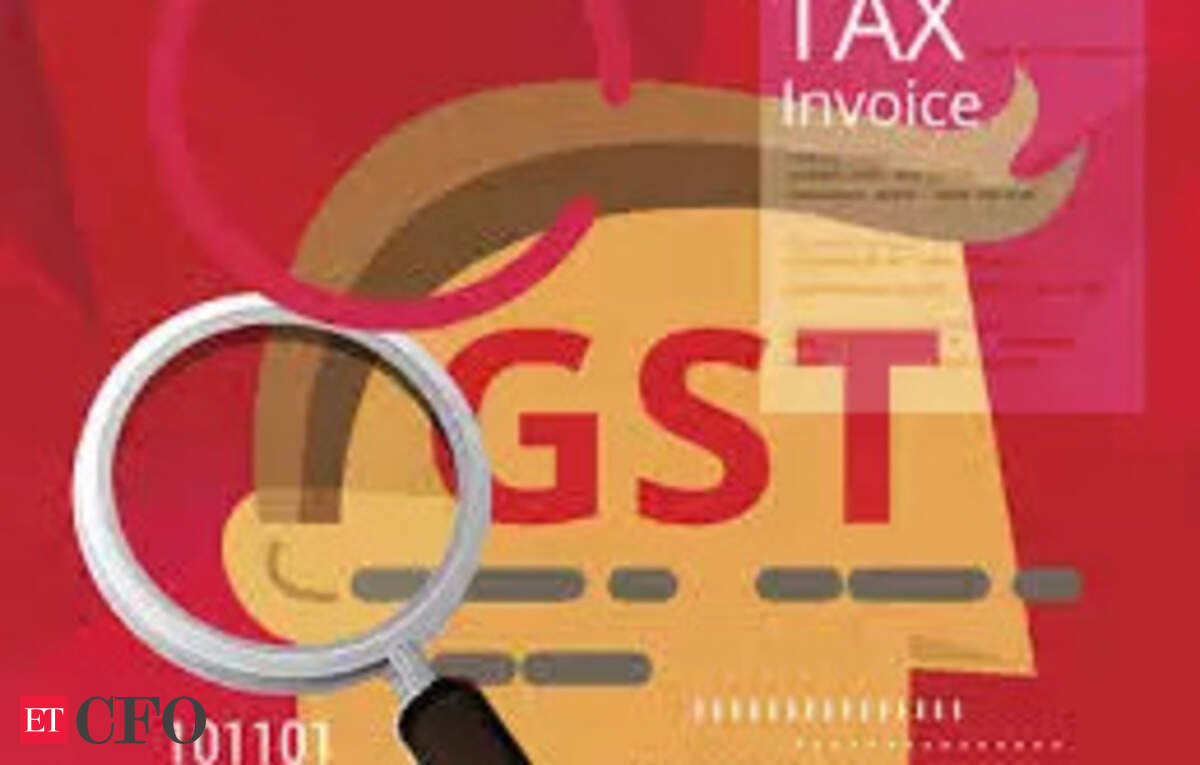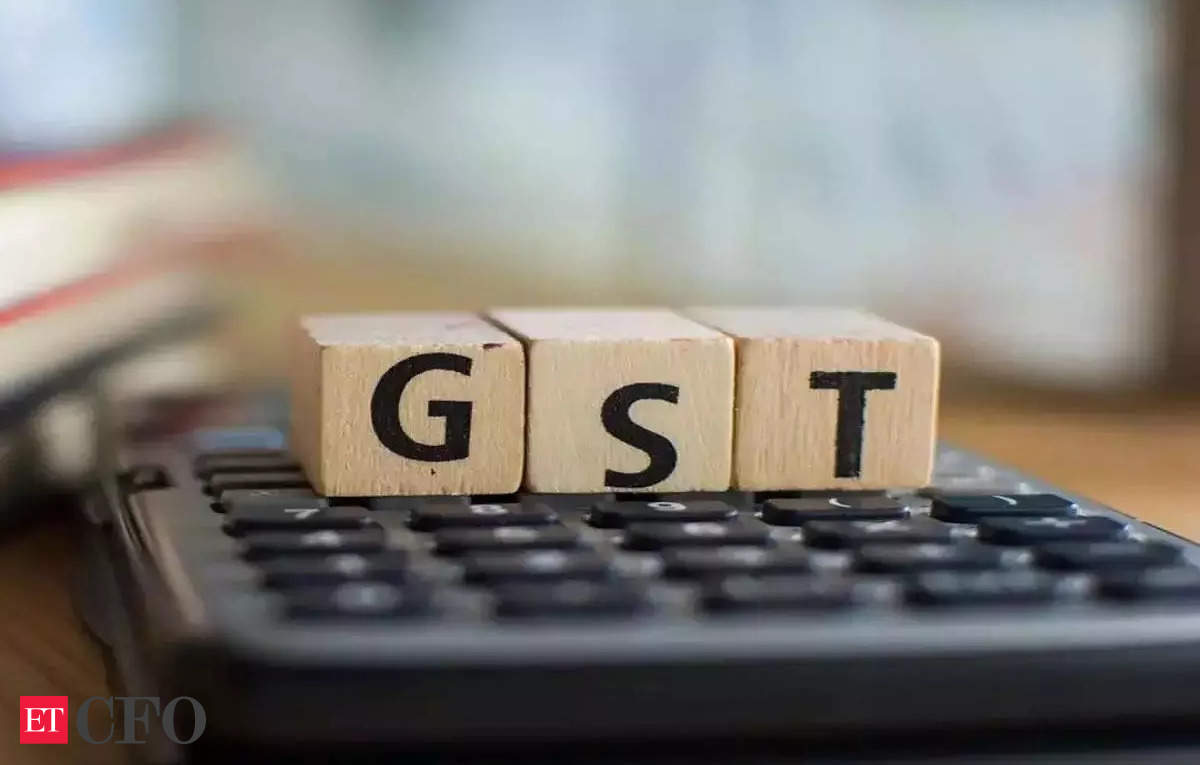Around 22,000 taxpayers, including high-net-worth individuals, salaried individuals, and trusts, have already received notices from the Income Tax Department because their deductions don’t match the information on their Form 16 or Annual Information Statement (AIS). Reportedly, the income tax department’s primary data analytics have identified irregularities and anomalies in the returns filed by about 200,000 lakh taxpayers whose income declarations, expenditures, or bank account details do not match the information the department has gathered.
“Modern systems enable the Income Tax Department to cross-reference information from tax returns with data gathered from multiple sources nationwide. One common reason for receiving tax notices is the discrepancy between the information submitted by taxpayers and the data collected by tax authorities. Furthermore, data analytics is increasingly being employed to identify erroneous filings. Among the most frequent reasons for these notices are underreporting of income and claiming higher deductions than permitted,” said Ankit Jain, Partner, Ved Jain & Associates.
What to do if you get a tax notice from the income tax department
Taking such notices lightly can lead to serious repercussions, including a reduced refund or, in extreme cases, the attachment of bank accounts. Hence, if you receive a tax notice, it’s crucial to address it promptly.
“If the TDS used when filing ITR doesn’t match with the TDS listed on Form 16 or Form 26AS, a tax intimation notice under S 143(1) is sent by the Central Processing Centre (CPC). In this particular situation, if the taxpayer claims higher deduction in Income Tax return, the CPC verifies the ITR with records in Form 16 or Form 26AS for the validity of higher deduction claimed in the return and a tax intimation notice is sent to the taxpayer. The taxpayer can either disagree with the demand in the tax intimation notice and submit a request for rectification under Section 154(1) of the IT Act, through the e-filing portal after reviewing the tax intimation notice (or) can agree with the demand in the tax notice and file a revised ITR,” said Adithya Reddy, International Tax Lawyer (LL.M. in International Taxation).
Follow the following steps:
a. Understand the Issue: Examine the notice carefully to identify the specific mismatch or discrepancy cited. Among other issues, this could pertain to a higher claimed House Rent Allowance (HRA), charitable donations, or Tax Deducted at Source (TDS) figures.
b. Cross-verify Your Documents: After identifying the issue, re-examine your supporting documents to determine whether the claim made in your tax return is accurate.
” Start by confirming the PAN quoted (in IT notice vis-à-vis given in IT return), Assessment Year in question, checking the contents of the notice vis-à-vis the deduction being claimed, and verifying the figures disputed etc. Thereafter the claim (of deduction) filed in ITR be checked w.r.t the supporting documents available, carefully seen afresh whether our claims have been correctly made. The reply is then drafted by pin-pointing ,where and how the difference(s) came to the fore,” said Ritika Nayyar, Partner, Singhania & Co.
c. File a Revised Return: If your original claim was incorrect, submit a revised tax return with the corrected details. Make sure to pay any additional tax along with applicable interest charges.
d. Request for Reprocessing: In instances where your claim is accurate, but the tax department’s information is flawed, initiate a request for reprocessing your return via the Income Tax portal. This action is advisable, as there are instances when the tax department’s initial processing may contain errors.
e. File a Response: If the reprocessing request does not resolve the discrepancy, submit a formal response on the income tax portal rejecting the department’s claim. Attach all relevant documents to substantiate your case.
An example may be given say in case of a Form 16, issued by employers for salaried employees , where the accounts wing of a company usually seeks documents/proofs for investment declaration (for deductions claimed from total income to compute final TDS liability for March payroll),as early as say in Jan/Feb of the FY, deduct taxes accordingly and hence file their TDS returns on the basis this data, after March.
“Usually for deduction under Section 80C(soon to be obsolete) an assessee still has time to invest till 31 March of the financial year and claim in the same assessment year, which could not be considered by the employer who got information only till February end for the same Assessment year, for deduction shown in Form 16, and this may result in variation between ITR and the TDS records with the IT Dept System,” said Nayyar.
After having verified facts, one’s job is to take the issue(s) in the notice and submit one’s version/ reply (duly backed by supporting material) to the IT Department. However, if at all, a mistake has crept in at one’s end, then it must be acknowledged and corrected and if necessary, a revised/updated IT return be accordingly submitted, in which case additional income tax and interest would be leviable.











